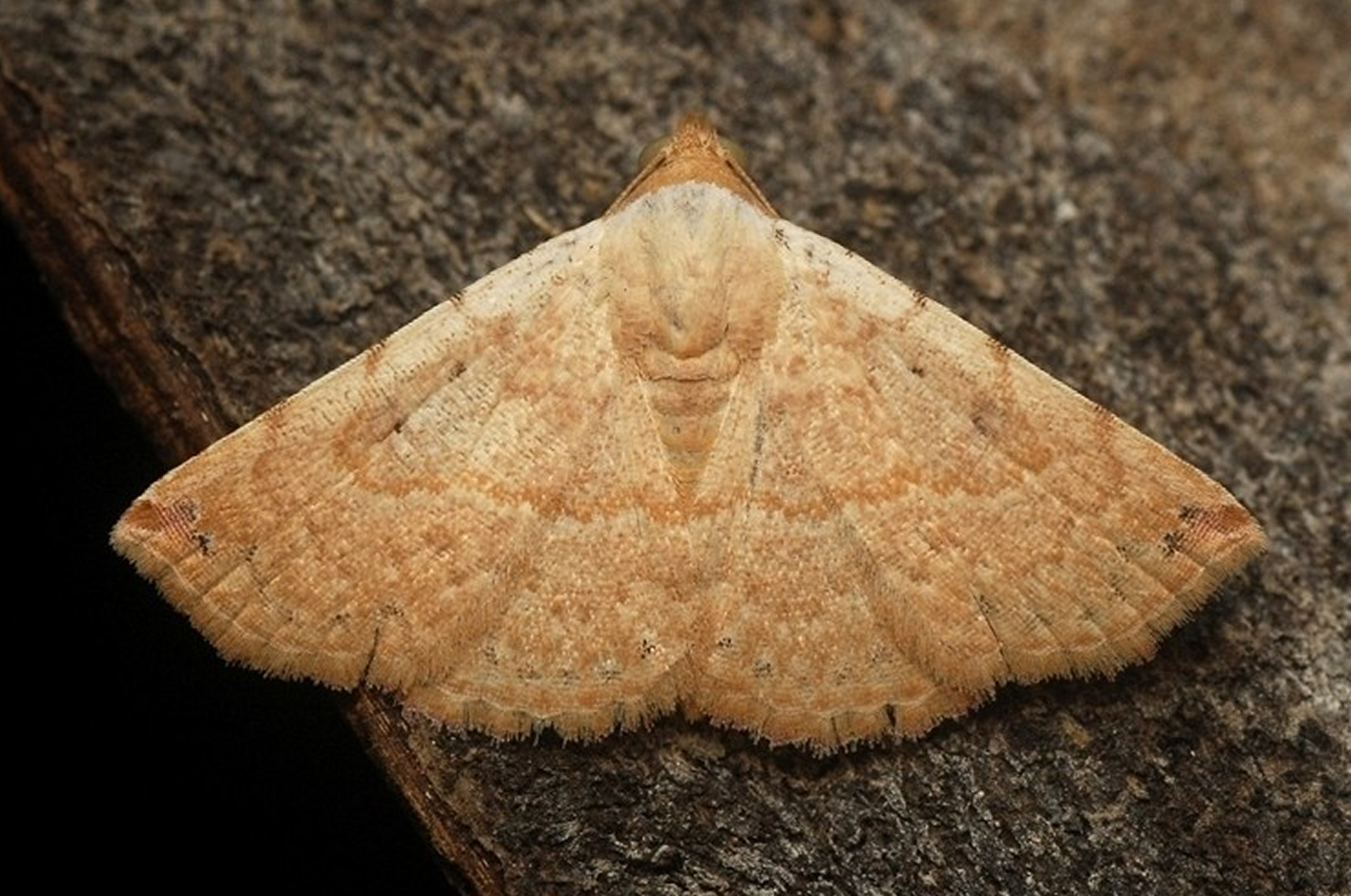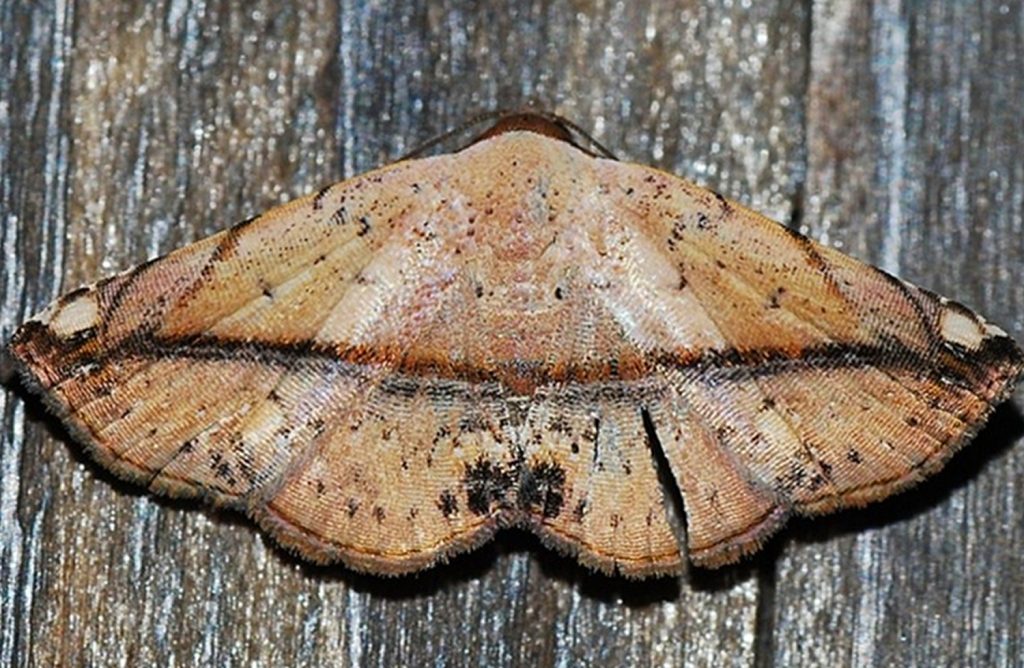
Introduction
In the intricate tapestry of the natural world, butterflies stand out as delicate yet captivating creatures. Among them, the Autobà butterfly emerges as a species of remarkable intrigue. This guide aims to delve into the world of butterflies, exploring their life cycle, ecological role, and the fascinating journey of their development.
Understanding the Autobà Species
This butterfly belongs to the diverse family of Lepidoptera, which encompasses butterflies and moths. These ethereal creatures are renowned for their vibrant colors and graceful flight patterns. The Autobà species, in particular, is distinguished by its striking wing patterns, featuring intricate designs that vary in coloration from vivid blues and greens to subtle earth tones. Their wings, delicately adorned with mesmerizing patterns, serve not only as a means of flight but also as a form of protection through camouflage against predators.
Exploring the Autobà World
These types of butterflies inhabit a wide range of ecosystems, from lush tropical rainforests to arid desert landscapes. Their adaptability allows them to thrive in diverse environments, where they play a crucial role in pollination and ecosystem balance. Whether flitting among the colorful blooms of a tropical paradise or navigating the harsh terrain of a desert oasis, Autobà butterflies are integral components of their respective ecosystems.
In tropical rainforests, Autobà butterflies contribute to the pollination of a myriad of plant species, including orchids, passionflowers, and heliconias. Their delicate proboscis allows them to extract nectar from deep within flowers, transferring pollen from one bloom to another as they feed. This process not only ensures the reproduction of plant species but also supports the rich biodiversity of the rainforest ecosystem.
In arid desert landscapes, these butterflies are equally vital, despite the harsh environmental conditions. Their presence serves as a beacon of life amidst the desolation, as they seek out scarce water sources and nectar-rich blooms. Through their foraging activities, this butterfly facilitate the pollination of desert-adapted plant species, contributing to the resilience of these fragile ecosystems.
A Guide to Moths
While often overshadowed by their butterfly counterparts, these moths are equally fascinating creatures. These nocturnal insects boast subtle beauty, with intricately patterned wings that provide camouflage against their surroundings. Despite their nocturnal nature, these moths play a vital role in ecosystem health, serving as essential pollinators and food sources for nocturnal predators.
Autobà moths exhibit a diverse array of wing patterns and colorations, ranging from muted earth tones to bold and vibrant hues. This variation allows them to blend seamlessly into their natural habitats, evading detection from predators such as birds and bats. Despite their elusive nature, Autobà moths are integral components of nocturnal ecosystems, contributing to pollination and serving as prey for a variety of predators.
The Role of Autobà Butterflies in Ecosystems
Autobà butterflies fulfill several vital roles within their ecosystems. As pollinators, they facilitate the reproduction of numerous plant species, contributing to the overall health and diversity of their habitats. Additionally, these butterflies serve as a food source for various predators, thereby participating in intricate food webs that sustain ecosystem balance.
The intricate relationship between Autobà butterflies and their host plants highlights the interconnectedness of species within ecosystems. Through their foraging activities, these butterflies not only pollinate flowers but also contribute to the dispersal of seeds, promoting the regeneration of plant populations. In turn, these plants provide essential resources for Autobà butterflies, including nectar for energy and host plants for oviposition.
The Way of Autobà Life
The life cycle of an Autobà butterfly is a marvel of nature’s efficiency and beauty. It begins as an egg, laid by a female butterfly on a suitable host plant. Upon hatching, the larva, or caterpillar, emerges and embarks on a voracious feeding frenzy, consuming plant material to fuel its growth.
As the caterpillar matures, it undergoes a series of molts, shedding its exoskeleton to accommodate its expanding body. Each molt marks a new stage of development, as the caterpillar grows larger and more robust. Throughout this process, the caterpillar must navigate the challenges of predation and environmental variability, relying on its innate instincts and camouflage to evade detection.
Eventually, the caterpillar enters the pupal stage, forming a chrysalis in which its body undergoes a miraculous transformation. Within the protective confines of the chrysalis, the caterpillar’s tissues are broken down and reorganized, giving rise to the intricate structures of the adult butterfly. This process, known as metamorphosis, culminates in the emergence of the adult butterfly, ready to take flight and fulfill its ecological duties.
The Impact of Autobà Butterflies
Beyond their ecological significance, Autobà butterflies hold cultural and symbolic importance in many societies. Revered for their beauty and grace, these creatures have inspired artists, poets, and storytellers throughout history. Additionally, their presence serves as a barometer of environmental health, with declines in butterfly populations often signaling broader ecosystem disturbances.

The decline of Autobà butterfly populations underscores the urgent need for conservation efforts to protect their habitats and ensure their survival. Habitat loss, pesticide use, and climate change are among the primary threats facing these butterflies and other pollinators worldwide. By raising awareness and implementing conservation measures, we can safeguard these magnificent creatures for future generations to enjoy.
The Timeless Efficiency of Autobà Development
The development of this butterfly from egg to adult is a testament to the efficiency of natural processes. Each stage of the life cycle is meticulously orchestrated, maximizing the butterfly’s chances of survival and reproduction. From the rapid growth of the caterpillar to the intricate cellular changes during metamorphosis, every aspect of their development reflects the adaptability and resilience of life itself.
Embarking of Journey
For the Autobà butterfly, life is a perpetual journey of adaptation and exploration. From the moment of its emergence, each butterfly embarks on a quest for sustenance, mates, and suitable habitats. Their journeys may span vast distances, as they navigate diverse landscapes in search of resources and breeding grounds.
Conclusion: The Speed of Autobà Wings
In conclusion, the Autobà butterfly exemplifies the beauty, complexity, and resilience of the natural world. From its humble beginnings as an egg to its graceful flight as an adult, the Autobà butterfly embodies the timeless rhythms of life and evolution. As stewards of the planet, it is our responsibility to safeguard the habitats and ecosystems that support these magnificent creatures. By protecting the Autobà butterfly and its fellow inhabitants of the natural world, we ensure a brighter and more sustainable future for generations to come.







